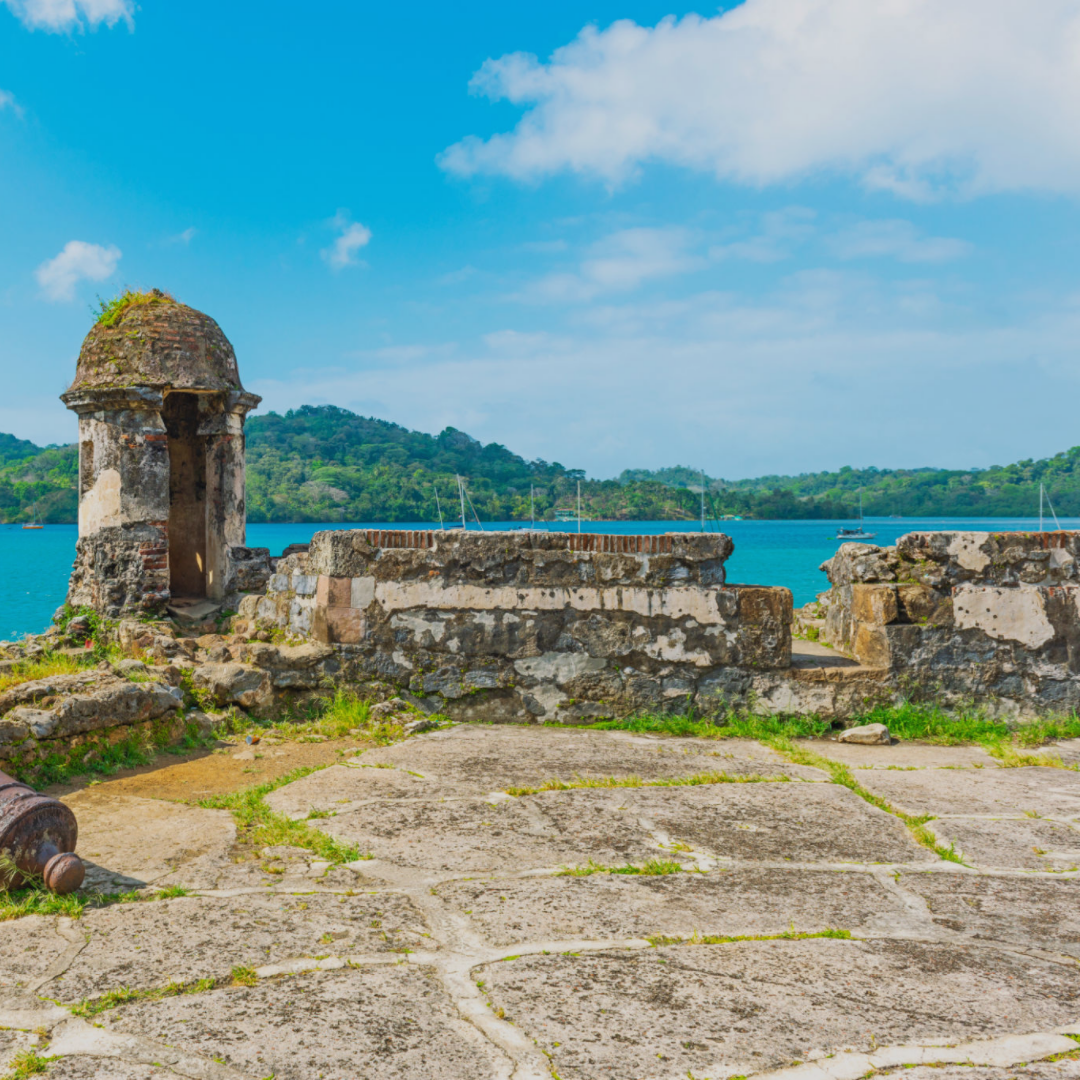Introduction:
Panama, a country nestled between North and South America, is renowned for its breathtaking landscapes, vibrant culture, and rich historical heritage. One of the pillars that unites its diverse population is the official language of the nation—Spanish. As the primary means of communication, Spanish serves as a cultural bond, facilitating national unity and fostering connections within the Panamanian society.
Historical Significance:
The roots of Spanish in Panama can be traced back to the Spanish colonization era, when the country was under Spanish rule. The Spanish language was introduced by the conquistadors and became deeply ingrained in the fabric of Panamanian society. Over time, it evolved as a dominant language, intertwining with local customs, traditions, and indigenous languages, creating a unique linguistic tapestry.
Cultural Unity:
Spanish is the cornerstone of cultural unity in Panama. It transcends regional and ethnic boundaries, allowing Panamanians from diverse backgrounds to communicate, connect, and share their experiences. From the bustling streets of Panama City to the rural communities nestled in the highlands, Spanish serves as a unifying force that bridges gaps and fosters understanding.
Education and Governance:
As the official language, Spanish plays a crucial role in Panama’s education system and governance. Schools across the country predominantly use Spanish as the medium of instruction, equipping students with the necessary linguistic skills for academic success and social integration. The government conducts official proceedings, legislation, and public communication in Spanish, ensuring clarity and inclusivity for all citizens.
Economic Advantages:
Panama’s strategic geographic location has positioned it as a regional hub for commerce and trade. Spanish proficiency among Panamanians provides a significant advantage in business dealings, both within the country and with neighboring Spanish-speaking nations. Fluency in Spanish allows for seamless communication, fostering economic growth and facilitating international collaboration.
Preserving the languages spoken by the indigenous peoples
While Spanish is the official language, Panama takes pride in its rich indigenous heritage. The country recognizes the importance of preserving and promoting the diverse indigenous languages spoken by different communities, such as Ngäbere, Guna, Emberá, and others. Efforts are made to provide bilingual education and support the preservation of indigenous languages, ensuring cultural diversity and inclusivity.
Language as a Cultural Asset:
The Spanish language in Panama is not merely a means of communication; it is a reflection of the nation’s history, identity, and values. It serves as a conduit for expressing cultural nuances, artistic endeavors, and literary treasures. Panamanian literature, poetry, and music are deeply intertwined with the Spanish language, allowing for the dissemination and appreciation of the country’s unique cultural heritage.
Conclusion:
Spanish stands tall as the official language of Panama, acting as a cohesive force that unites the country’s diverse population. With its historical significance, cultural unity, educational benefits, and economic advantages, Spanish plays a vital role in Panama’s social fabric. While celebrating its linguistic heritage, Panama also recognizes and embraces the importance of preserving and promoting indigenous languages, further enriching its cultural tapestry. As Panama continues to evolve and embrace its multicultural identity, the Spanish language remains a cherished and essential element that binds the nation together.
If you need to hire a Spanish translator, please let us know.

